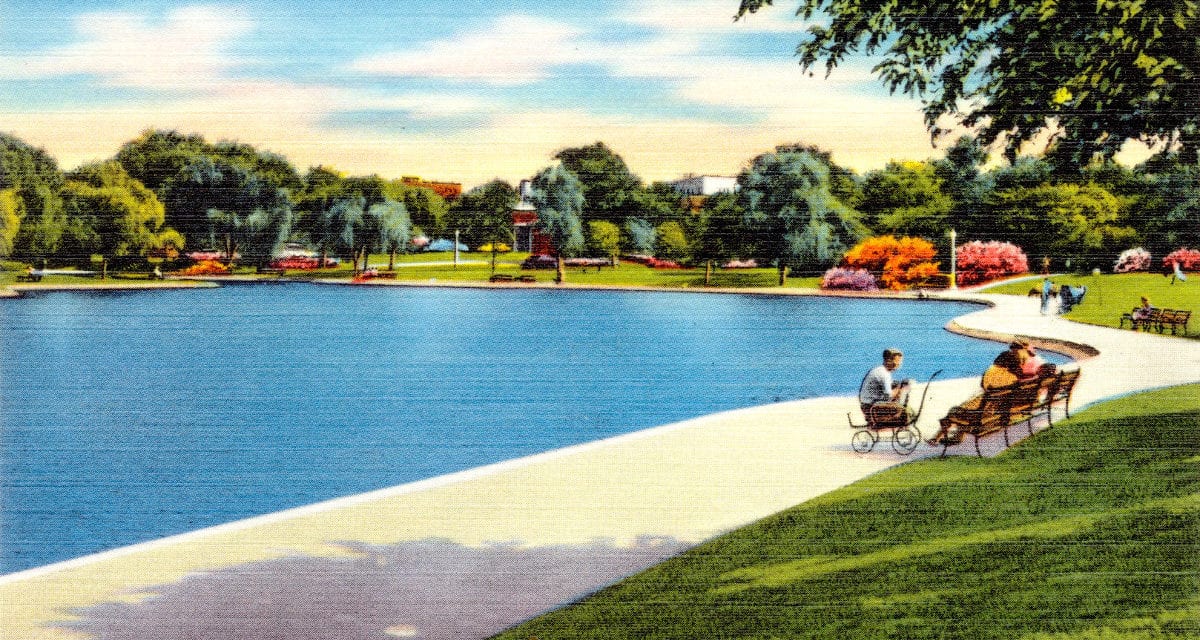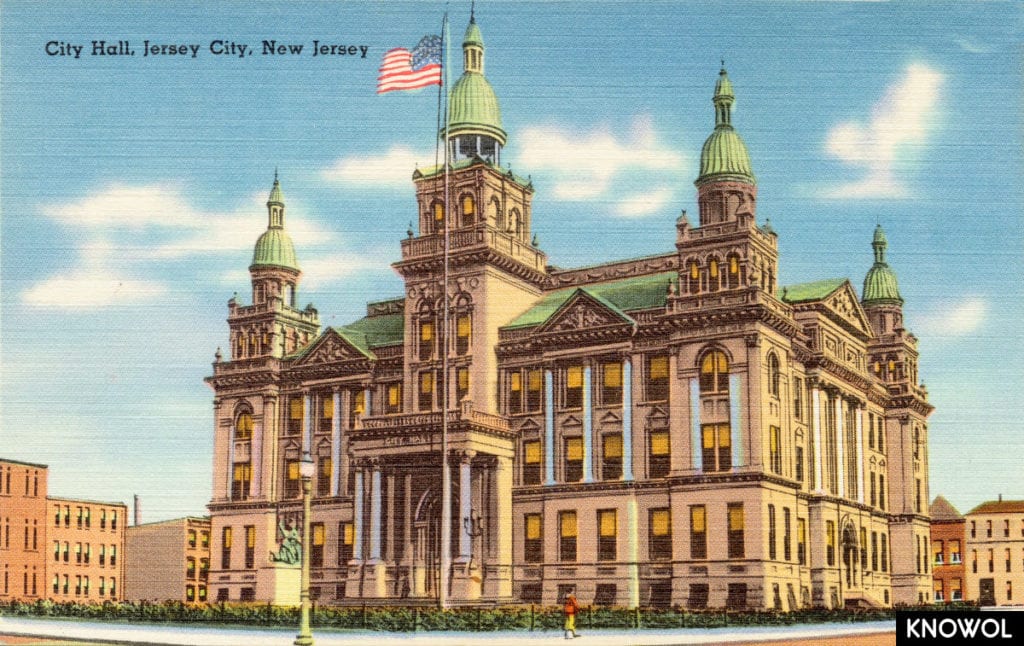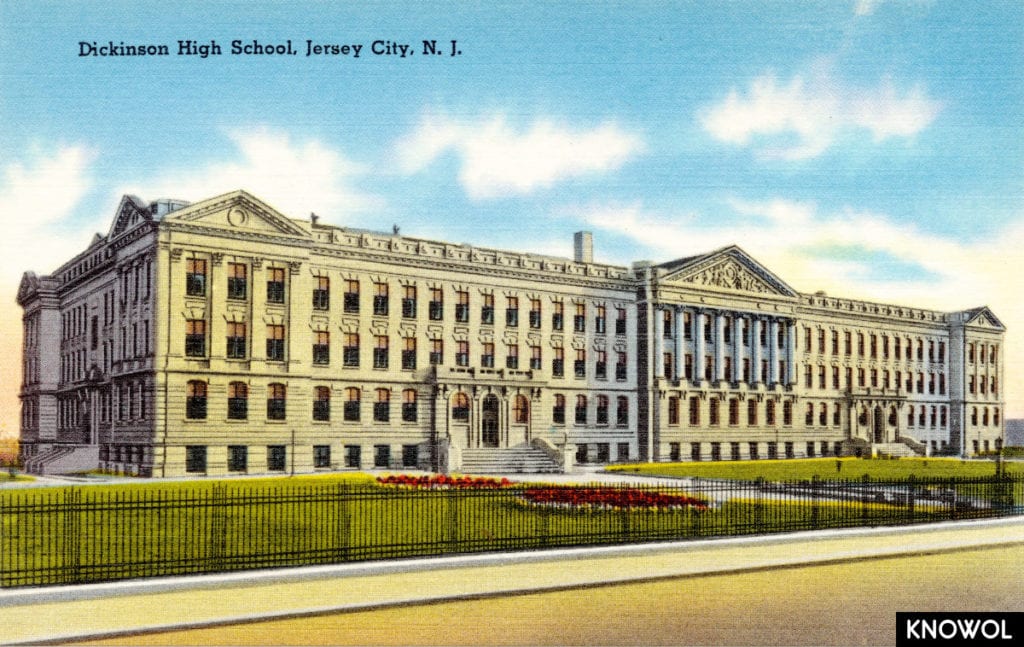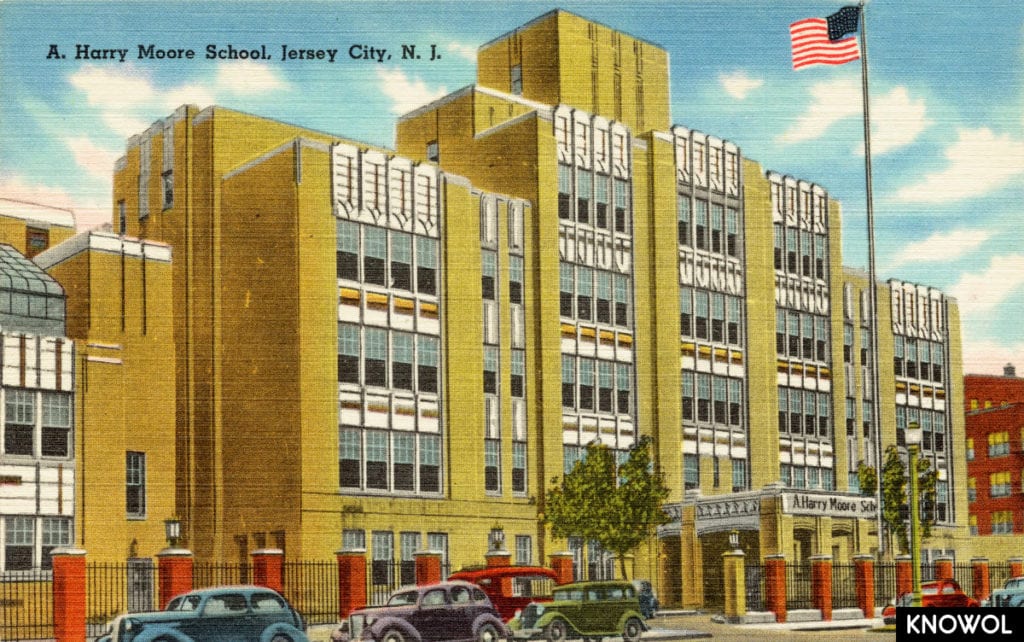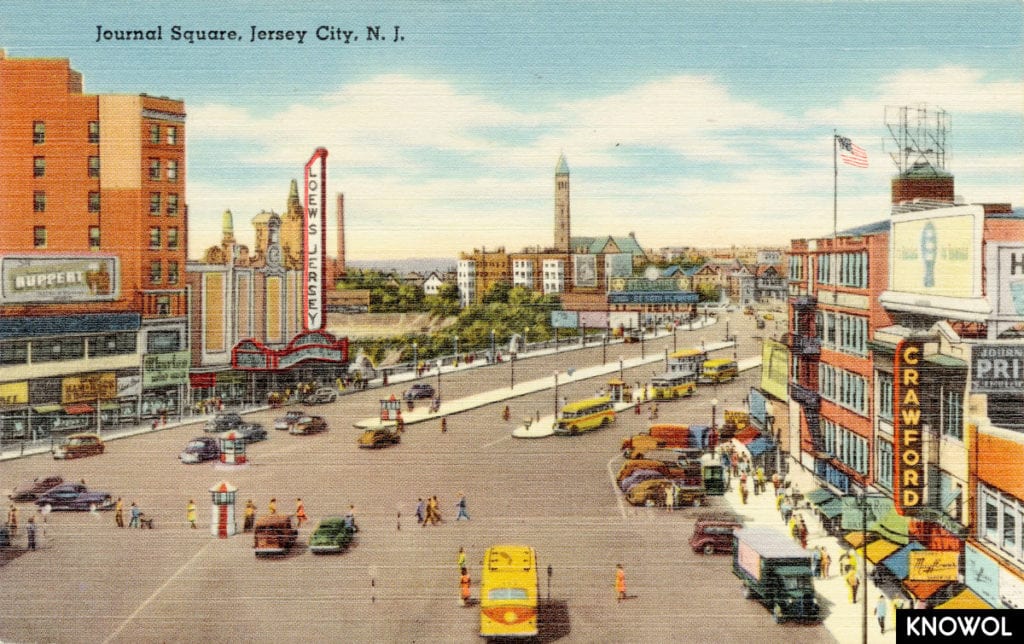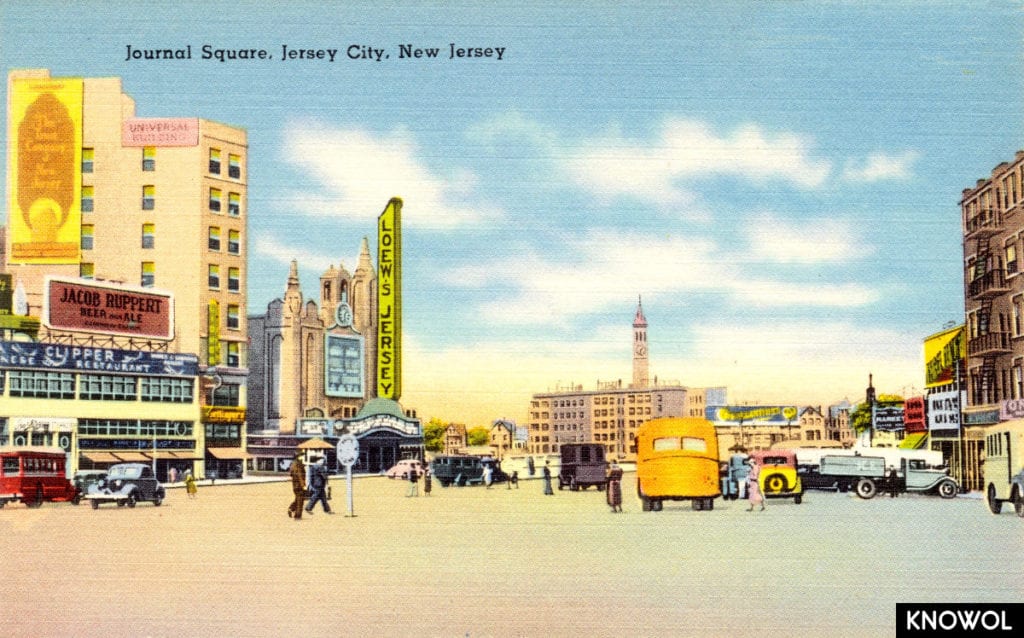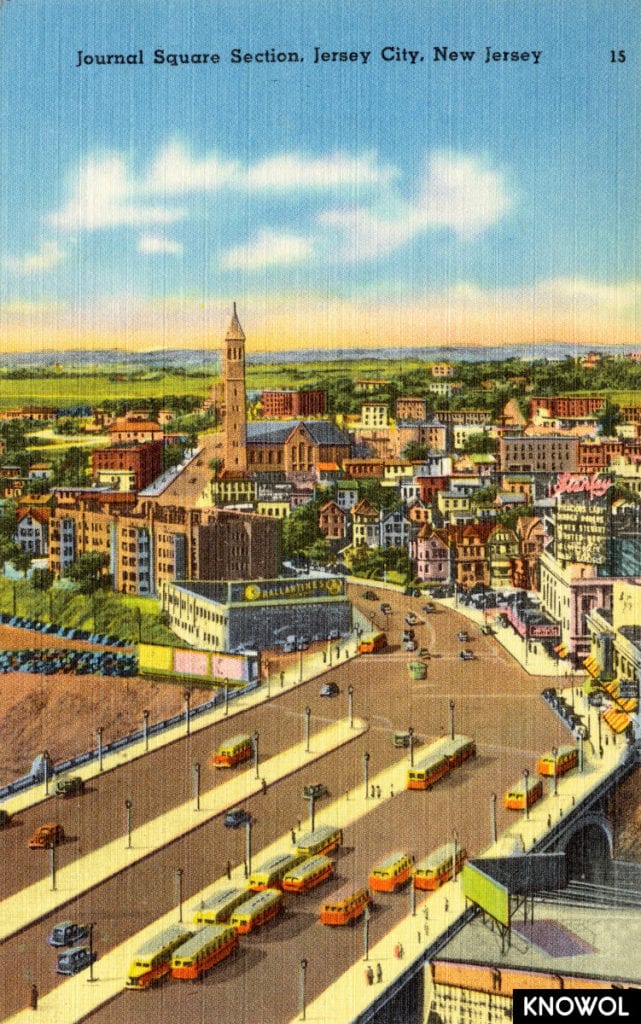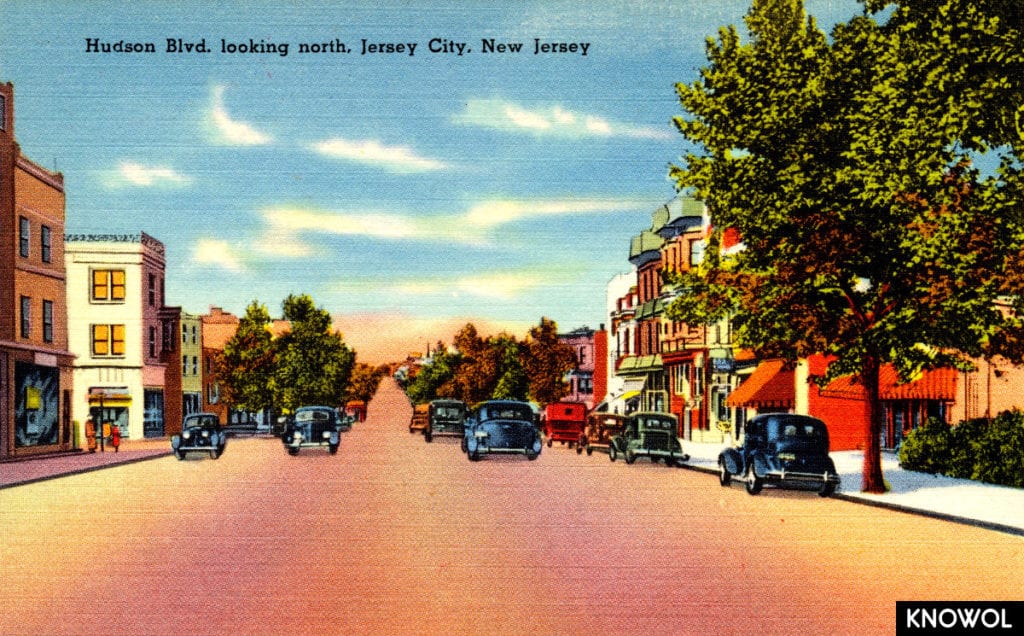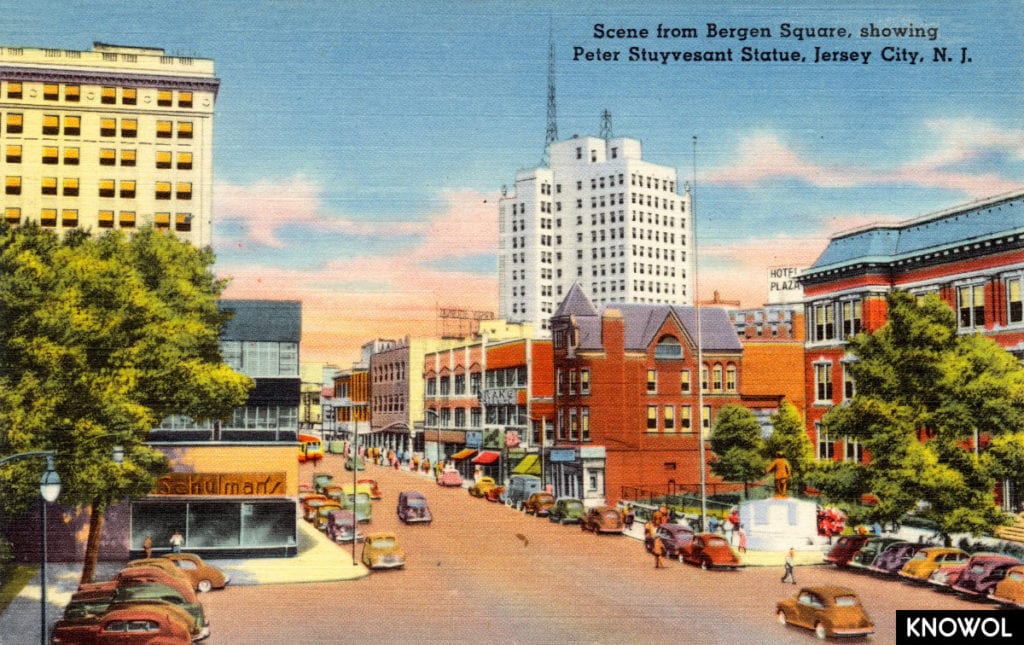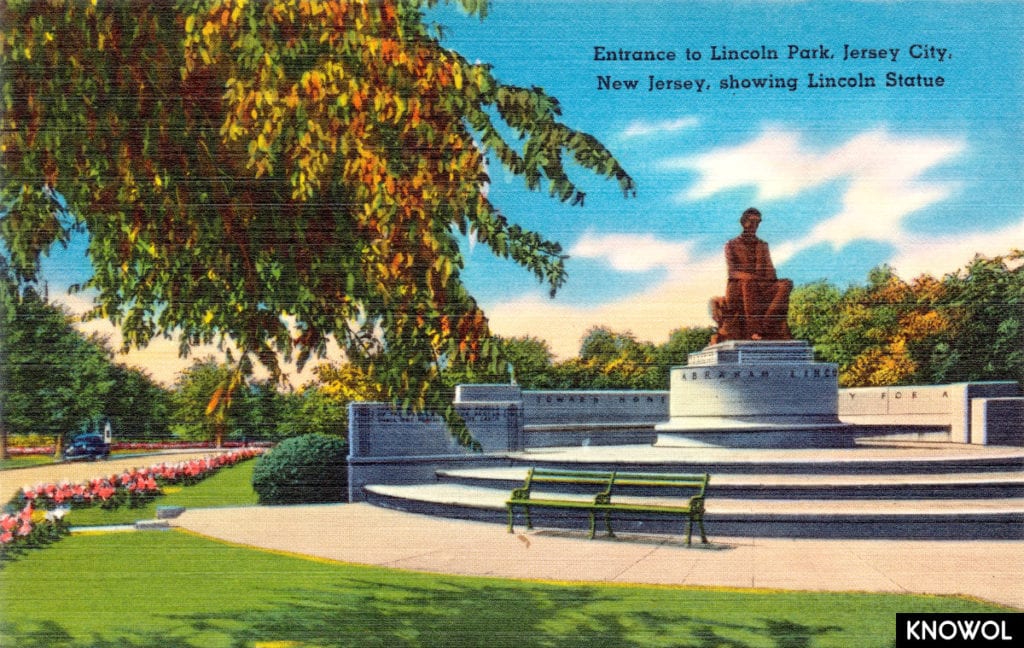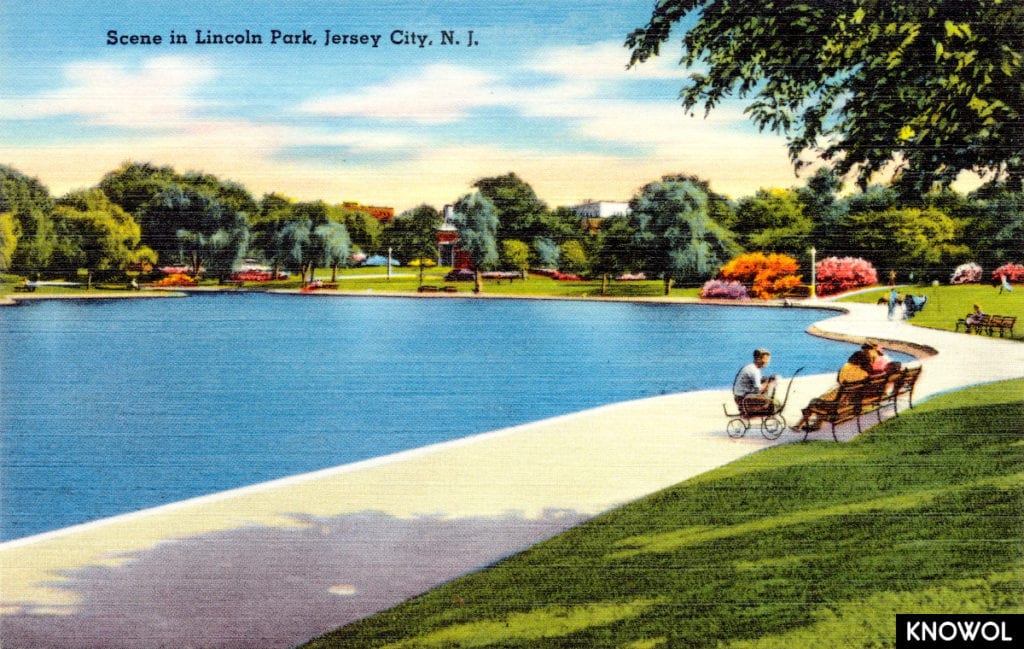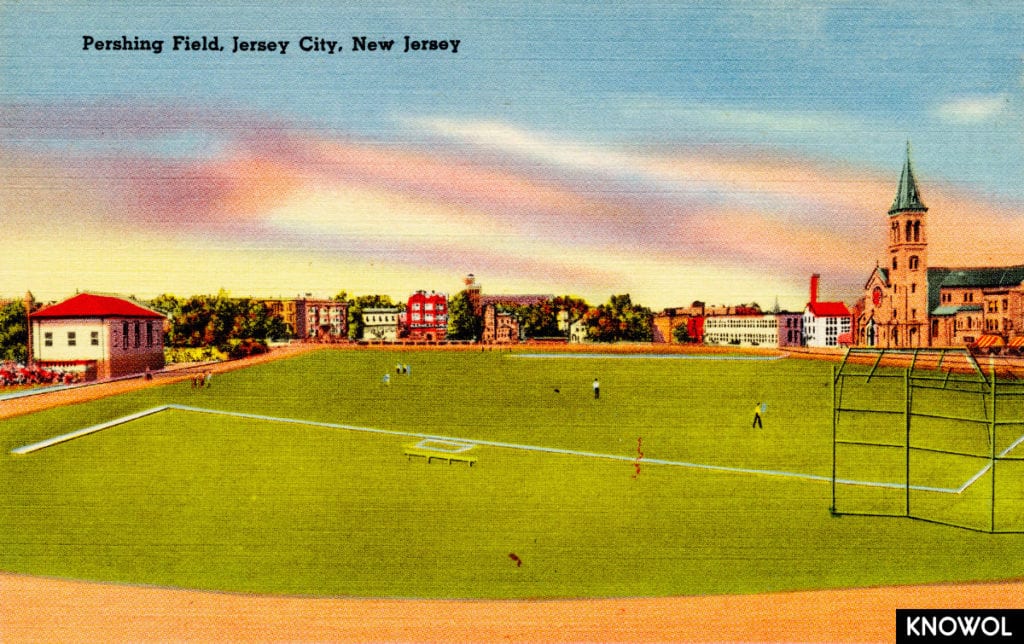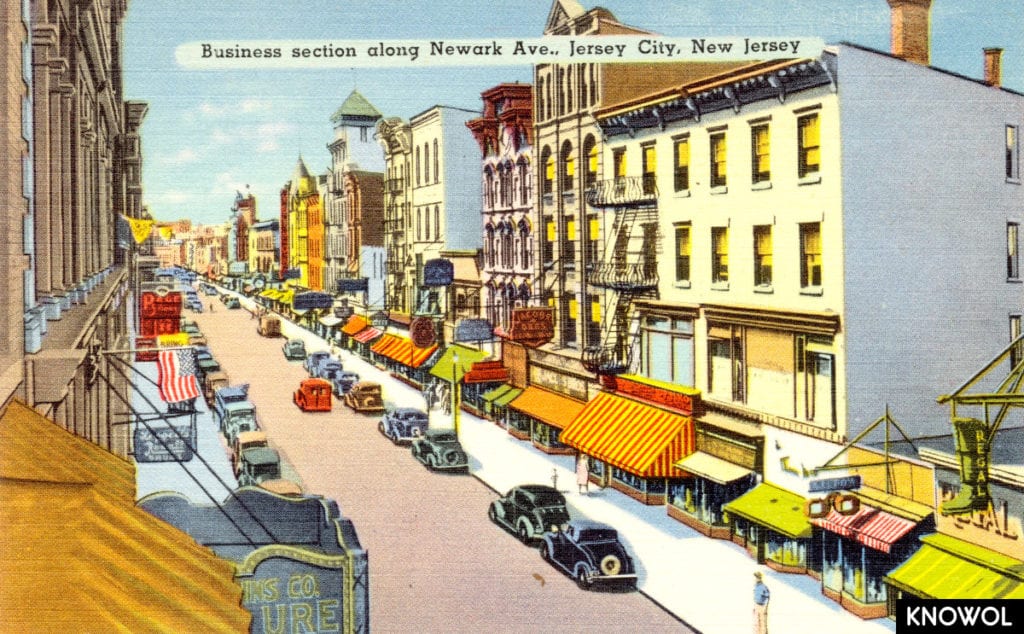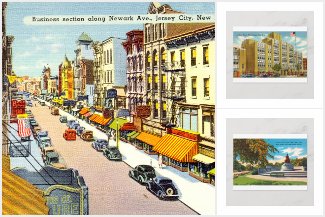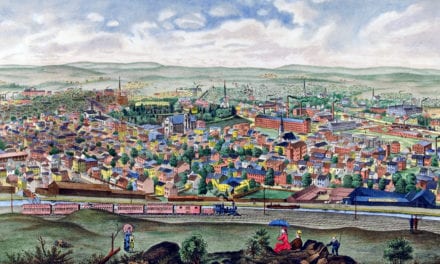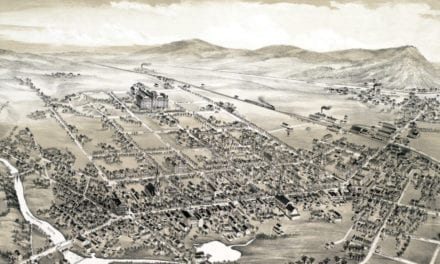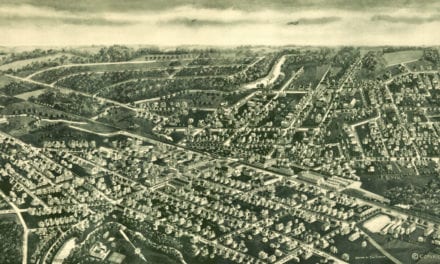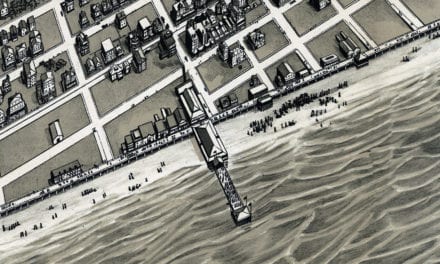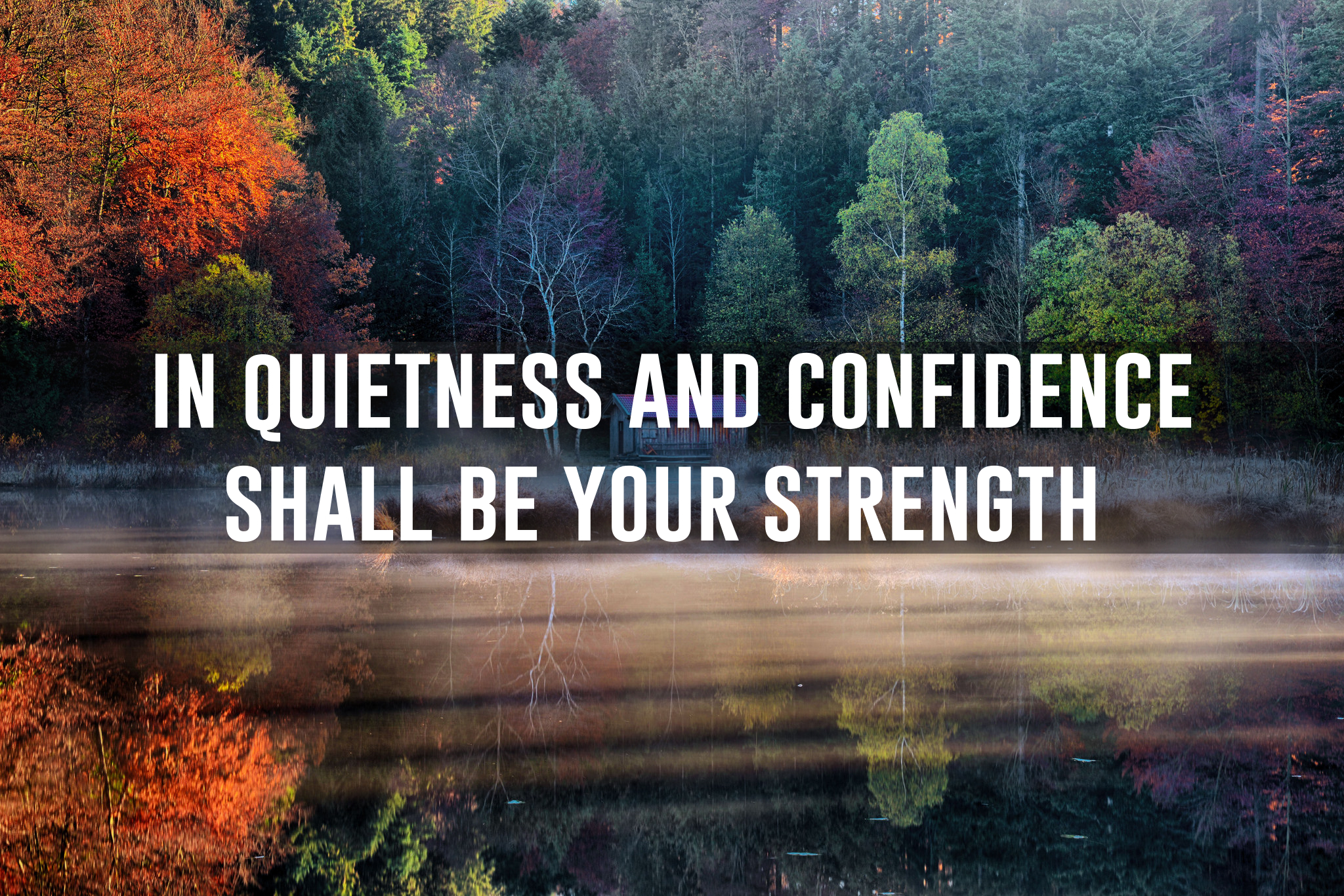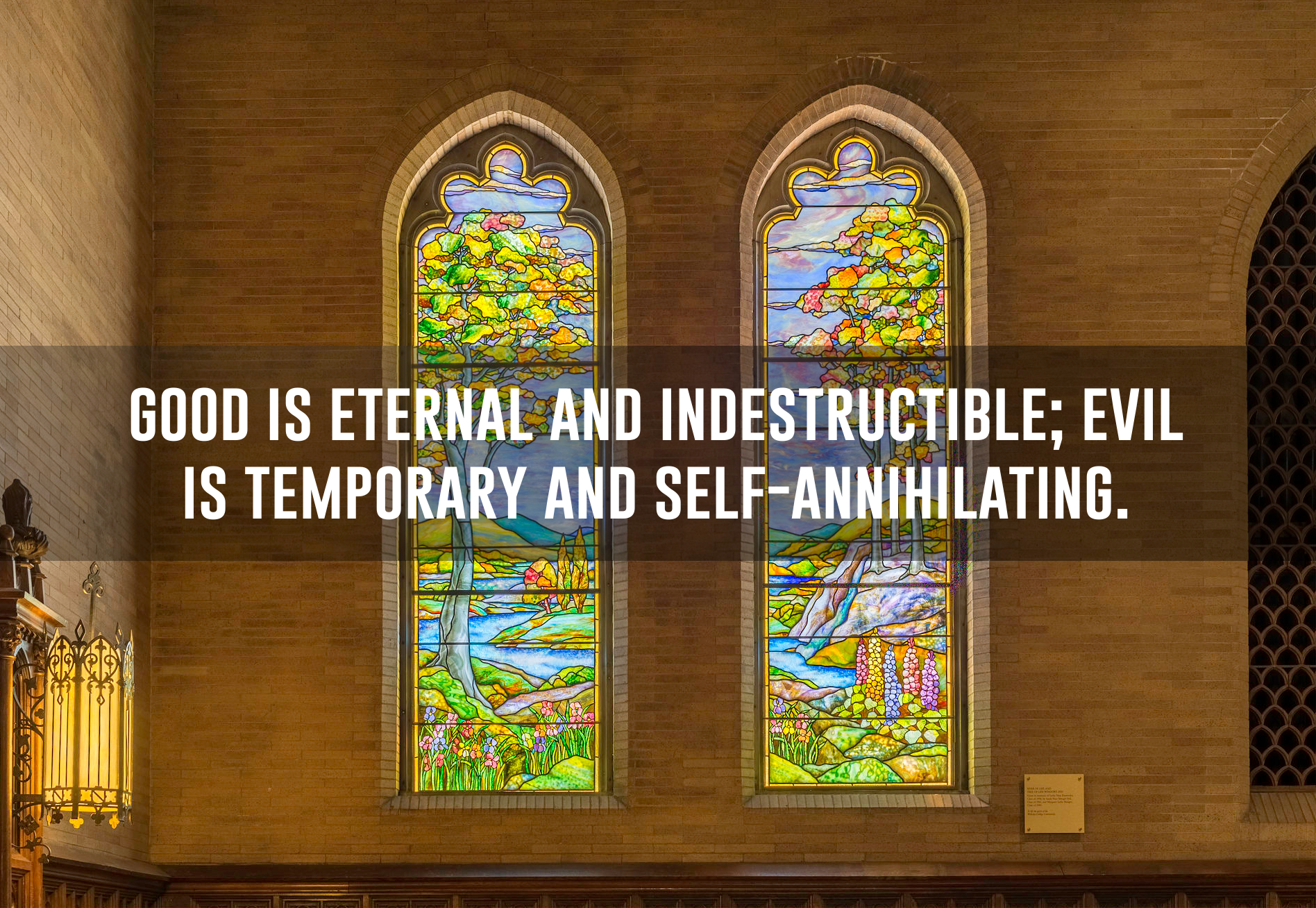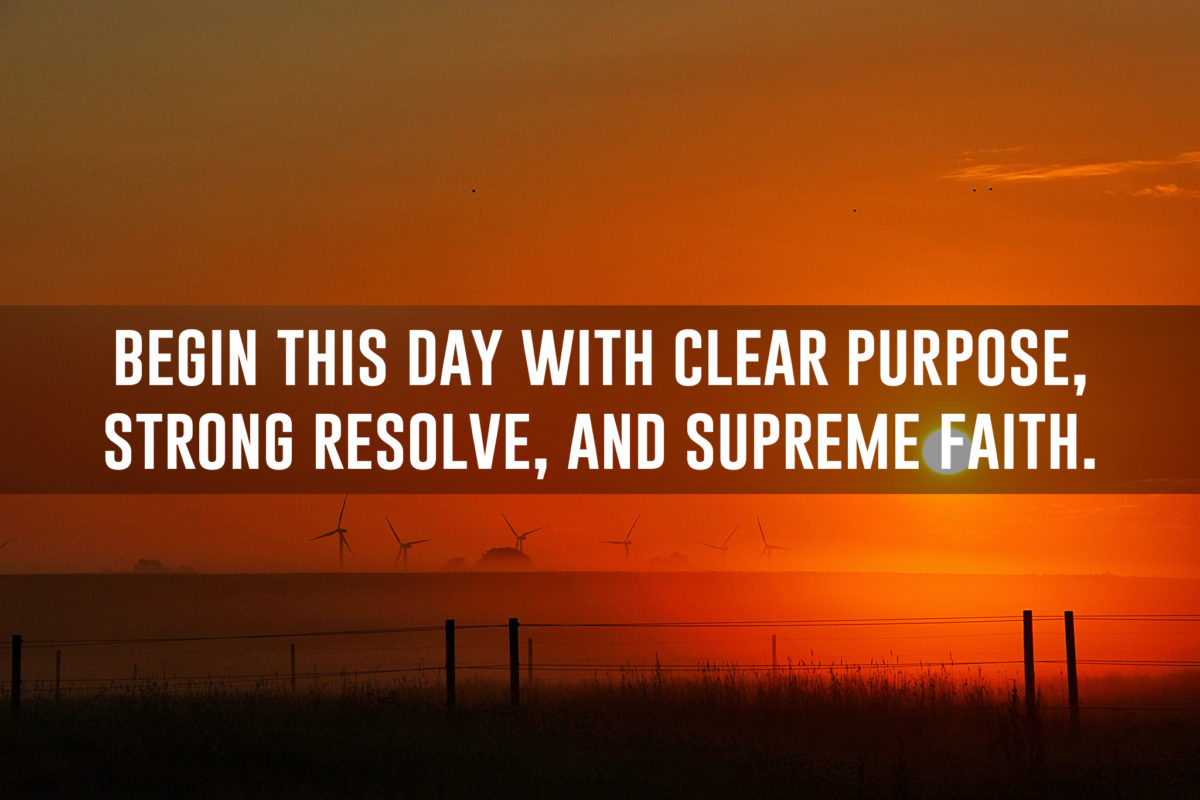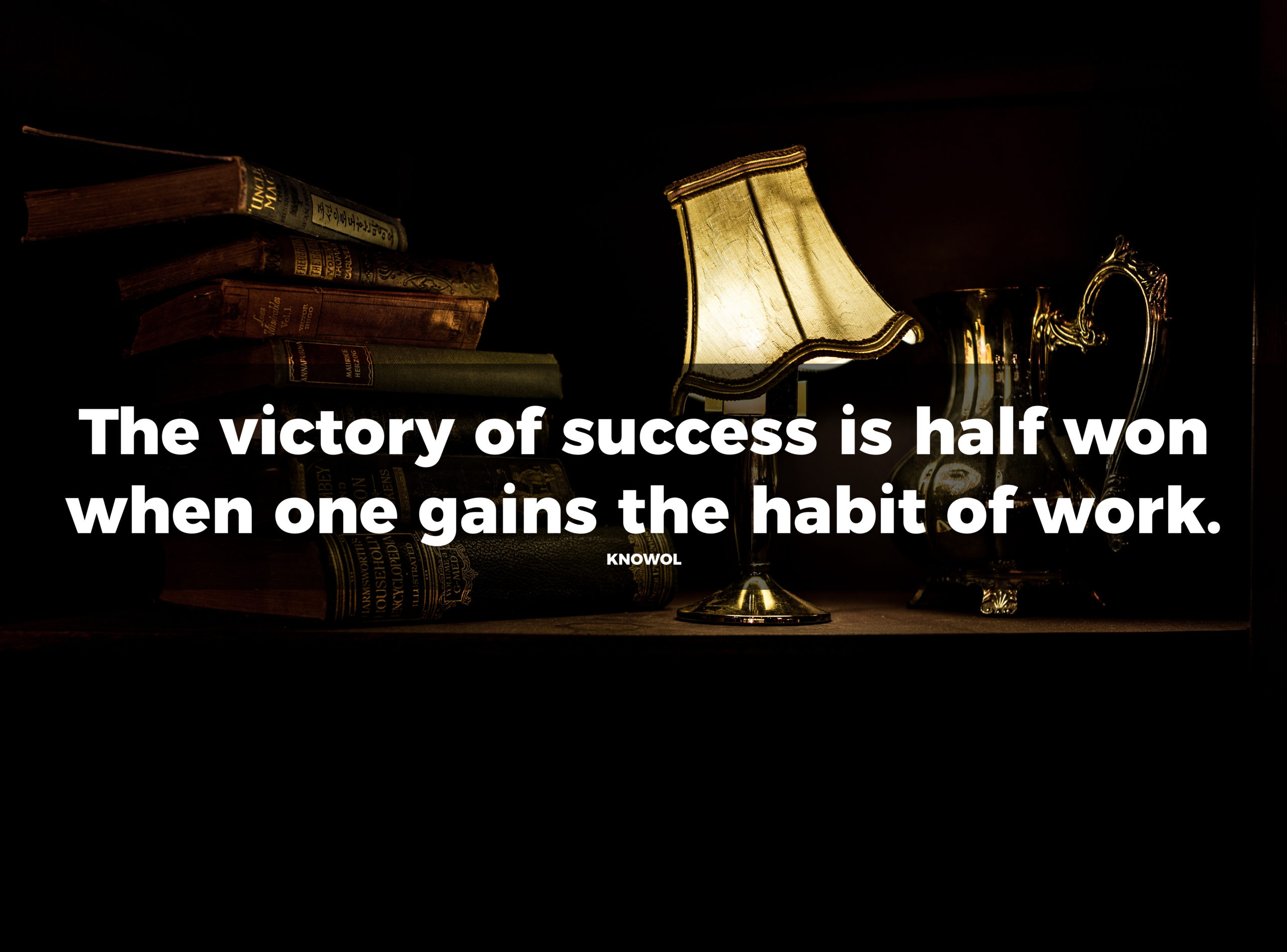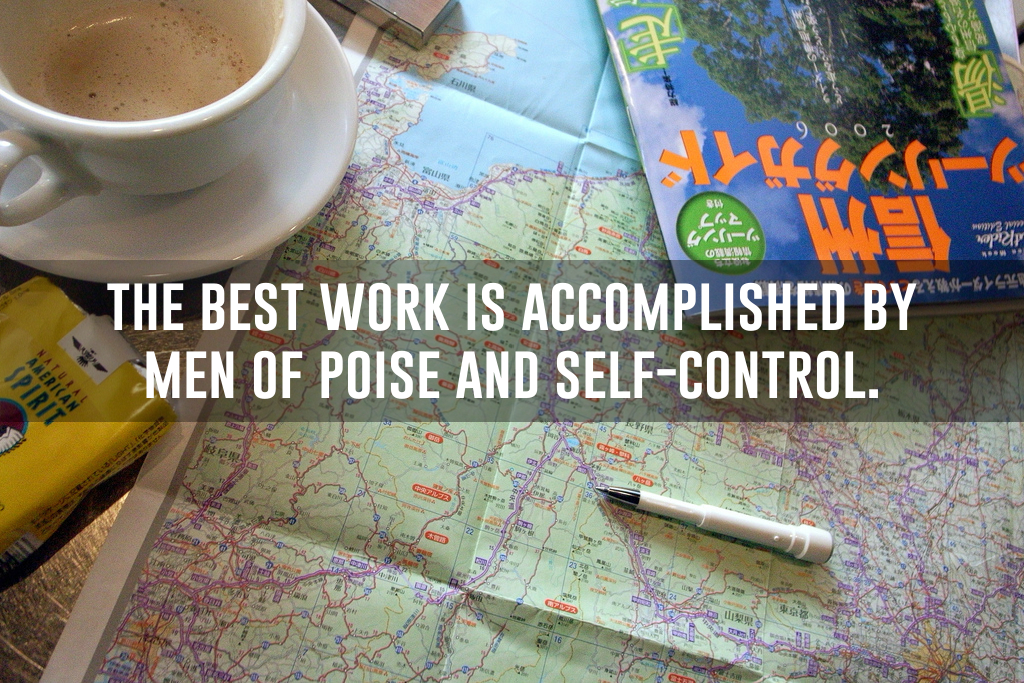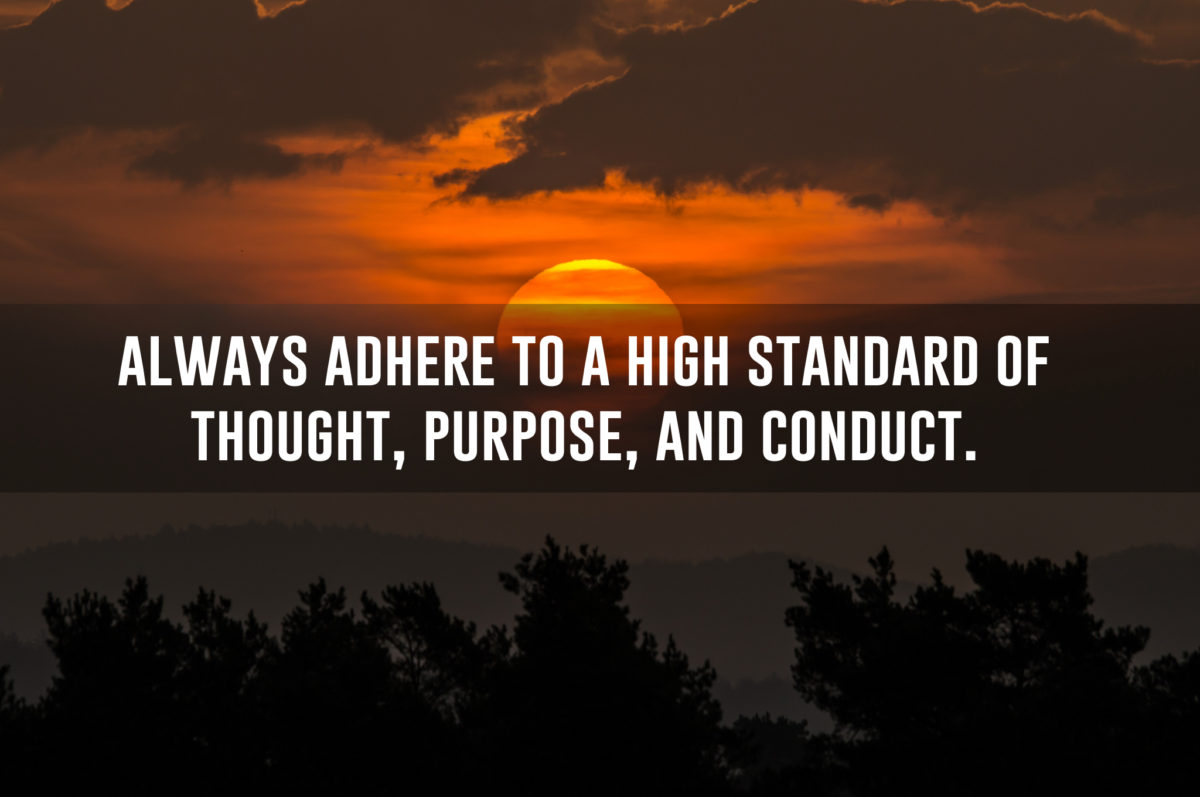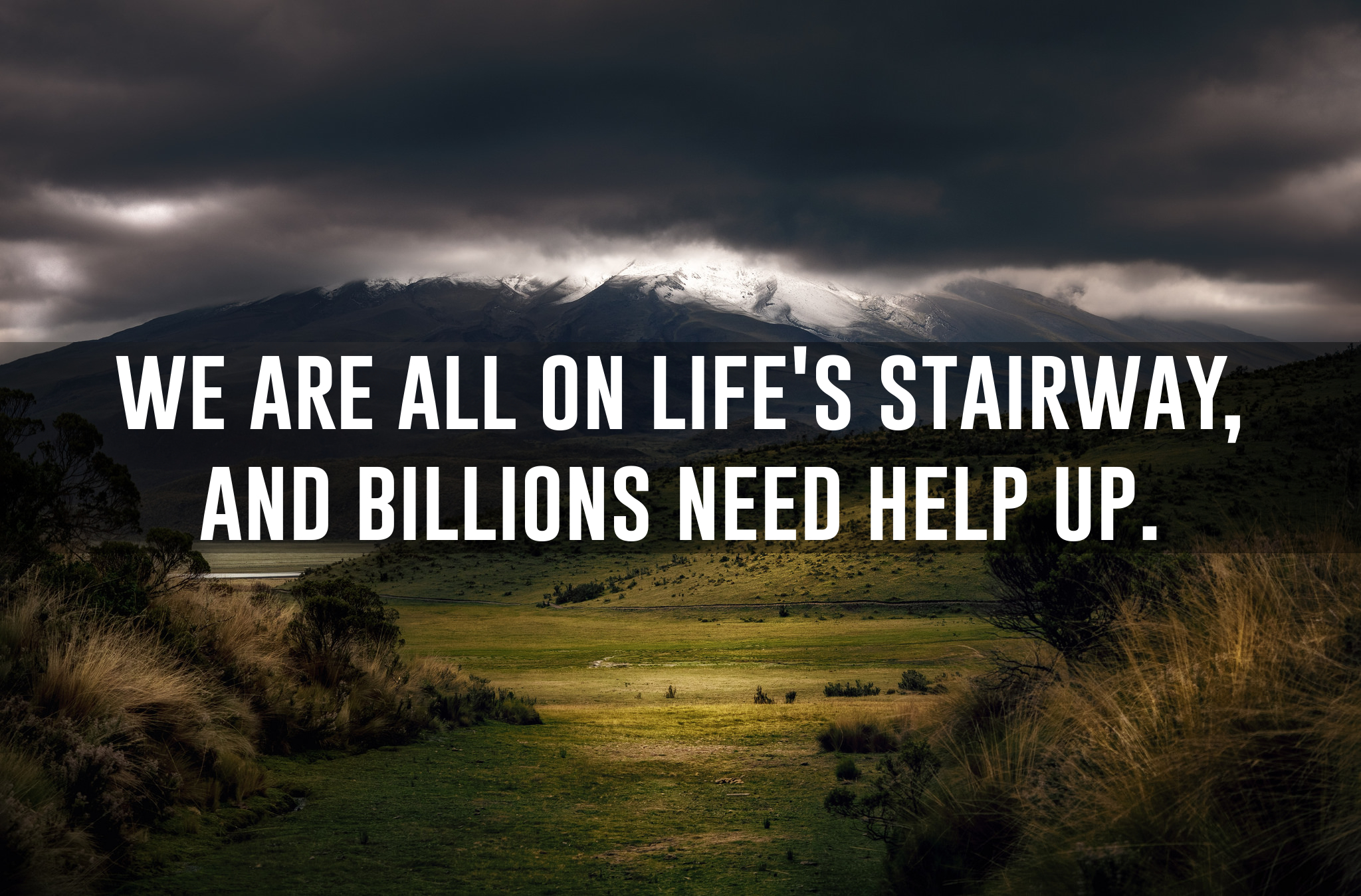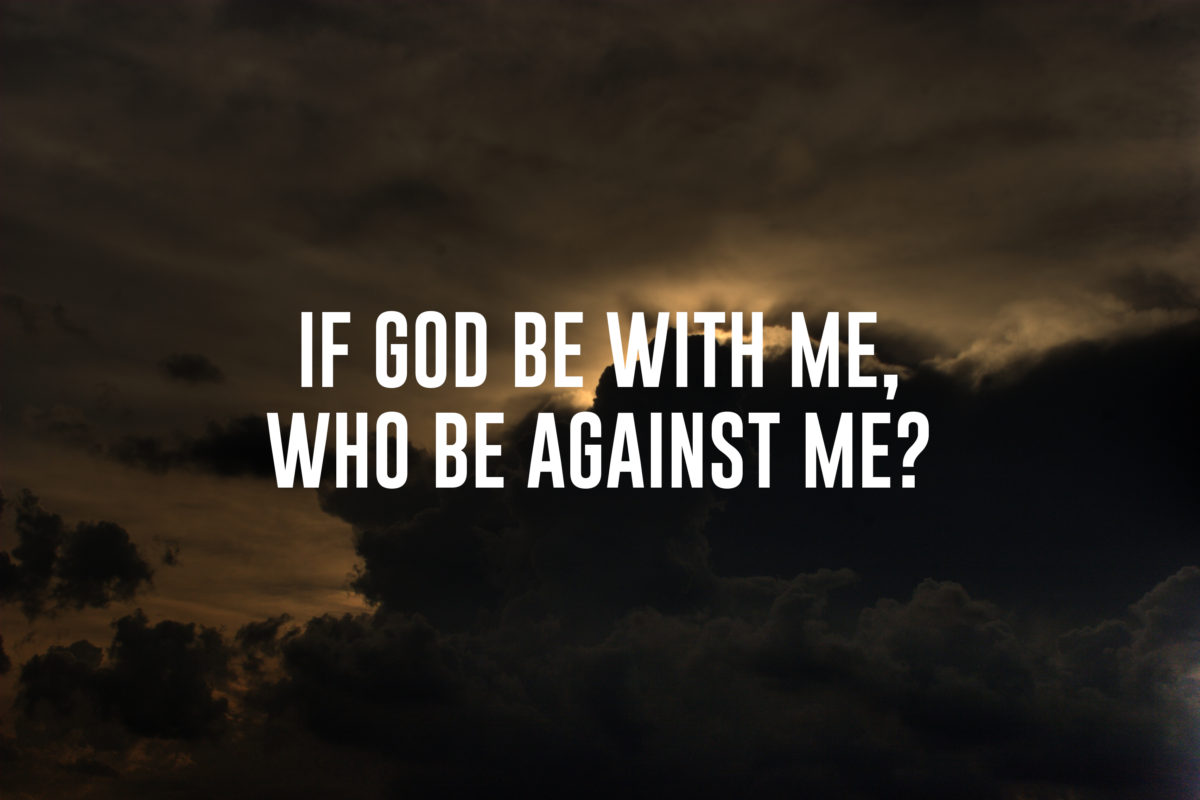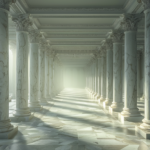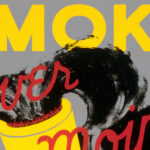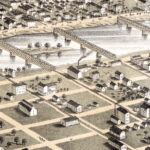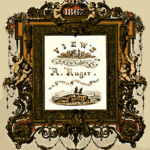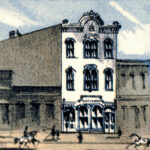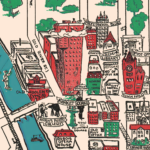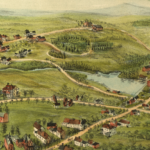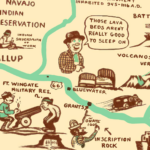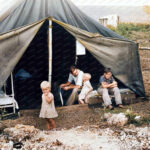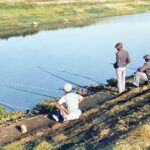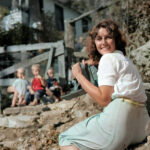Jersey City is the second-most-populous city in New Jersey, with a population of 264,000 people as of 2010. What is interesting about Jersey City is that in the 1930’s the city had a population of more than 300,000 people. The city’s population then began to decline until it reached a low of 223,000 in 1980. It has been steadily regaining its population since then.
For those who weren’t around to see Jersey City during its golden age, here is a series of old postcards of Jersey City from the 1940’s. The images have been digitally restored to fully capture the magic of at a time when Jersey City was at the peak of its popularity. If you are interested in purchasing any of these postcards, high quality reproductions are for sale here.
City Hall, Jersey City, New Jersey
The corner stone of City Hall was laid at noon on May 26th, 1894, and it was completed January 1st, 1896. The corner stone of City Hall was laid at noon on May 26th, 1894, and construction was completed on January 1st, 1896. The total cost was $736,267.56. The building has been updated many times over the years and remains in use today.
Dickinson High School, Jersey City, New Jersey
William L. Dickinson High School is a four-year public high school in Jersey City, NJ. When the school first opened on September 6, 1906 it was known as “Jersey City High School”, and was the first public secondary school in the city. When the school opened it had a 2,000 seat auditorium that has hosted luminaries such as Helen Keller, William Howard Taft, Woodrow Wilson, and Franklin D. Roosevelt.
In 1913 the school was renamed to William L. Dickinson High School in honor of the superintendent who advocated for the creation of the school in the late 1800’s. The school has been expanded multiple times and is still in use.
A. Harry Moore School, Jersey City, N.J.
A. Harry Moore School opened in 1931 and is now a laboratory school that offers academic, therapeutic, pre-vocational and social programs for students between the ages of three and twenty-one. The school is named after Arthur Harry Moore, the 39th Governor of New Jersey.
Journal Square, Jersey City, N.J.
Journal Square is a business district, residential area, and transportation hub in Jersey City, New Jersey, which takes its name from the newspaper Jersey Journal whose headquarters were located there from 1911 to 2013. In conjunction with the 1912 opening of the Hudson and Manhattan Railroad Summit Avenue station many historic buildings were demolished to make way for modern buildings, including the still standing Labor Bank Building and the Public Service building.
The square was created in 1923 when the city condemned and demolished the offices of the Jersey Journal and created a wide intersection with Hudson Boulevard. The Jersey Journal built a new headquarters and the new square was named in its honor.
Journal Square, Jersey City, New Jersey
Prior to its development as a commercial district Journal Square was the site of many farmhouses and manors belonging to the descendants of the original settlers of Bergen, the first chartered municipality in the state settled in 1660, located just south at Bergen Square.
For most of the twentieth century Journal Square was the cultural entertainment center of Hudson County, home to the movies palaces built in the 1920s: The State (1922, and since demolished), the Stanley Theater (1928), and the Loew’s Jersey Theater (1929). The Stanley Theater and Loew’s Jersey Theater still stand, the first being a convention hall for Jehovah’s Witnesses and Loew’s Jersey Theater still operates as a moviehouse.
Journal Square, Jersey City, New Jersey
The bridge carrying the boulevard was designed by consulting engineer Abraham Burton Cohen and completed in 1926. The “Jersey Bounce”, a hit song in the 1940s mentions Journal Square in its lyrics as the place where it got started. You can hear Journal Square mentioned 30 seconds into Ella Fitzgerald’s rendition of the song.
Karen Angel of The New York Daily News described Journal Square from the 1920s to the 1960s as Jersey City’s “crown jewel, a glowing commercial, entertainment and transportation hub of the city.”
Hudson Boulevard looking North
Hudson Boulevard is now Kennedy Boulevard. Two days before Election Day in 1960 John F. Kennedy made his last campaign speech at Journal Square in the area of Hudson Boulevard before returning home to New England. Jersey City renamed the street in Kennedy’s honor soon after his assassination.
Bergen Square, Jersey City, N.J.
Bergen was the first chartered municipality in the state of New Jersey. The area was settled in 1660 by the Dutch and Bergen Square was home to many of the earliest Dutch settlers of New Jersey.
Bergen Square now makes up the southwestern part of the Journal Square district, and is home to many historic sites, including PS 11, the longest continually-used school site in the United States.
Entrance to Lincoln Park, Jersey City, N.J.
Lincoln Park opened in 1905 and was originally known as West Side Park. The park consists of 273 acres.
The statue seen in this image is called “Lincoln the Mystic”, and was commissioned in 1929 and dedicated on June 14, 1930. 4,000 people attended the unveiling of the statue and the park was renamed “Lincoln Park” in honor of Abraham Lincoln.
Lincoln Park, Jersey City, New Jersey
In 1902, a baseball field with capacity for 8,500 people was constructed and was home to the Jersey City Skeeters, a minor league baseball team that stayed in Jersey City until 1933. The park also contains lakes, veteran memorials, and the world’s largest concrete monument, a 53 foot tall, 365-ton fountain.
Pershing Field, Jersey City, New Jersey
Pershing Field opened in 1919 and was originally intended to host amateur track and field events. The field was designed by Charles N. Lowrie, who also designed Lincoln Park.
During World War I the field was used as a military training ground. After the war the field was dedicated to General John J. Pershing, a senior United States Army officer and commander of the American Expeditionary Force (AEF) on the Western Front in WWI. Today’s walking paths of Pershing Field are lined with stone markers bearing the names of World War I and II veterans.
Business section along Newark Ave, Jersey City
This picture shows a row of businesses along Newark Ave in Jersey City. A portion of the section along Newark Ave is now known as India Square, home to the highest concentration of Asian Indians in the Western Hemisphere. An annual, color-filled spring Holi festival centered on India Square has taken place in Jersey City since 1992, attracting significant crowds and media attention.
Purchase the Postcards Here!
These images were digitally restored from vintage postcards created in the 1940’s. We have high resolution reproductions of the postcards for sale. If you would like to own a small piece of Jersey City history, click here to view the postcards.

